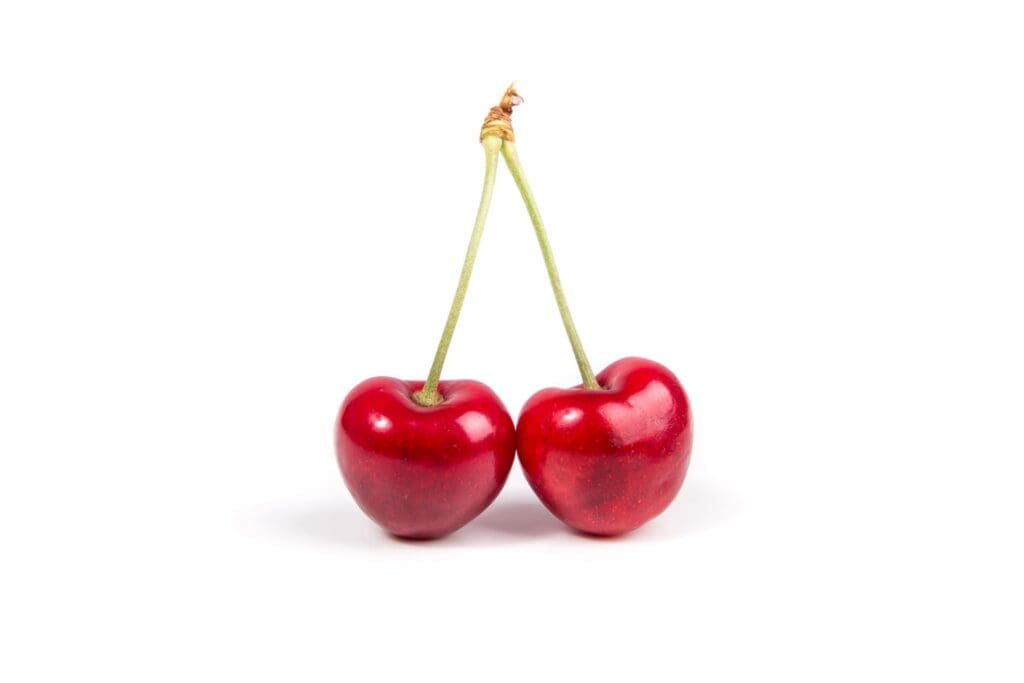The image of a slot machine, whether the classic lever system or a modern video iteration, is known around the world. The spinning wheel of mismatching symbols can be found everywhere, at online and in-person casinos, airport lounges, and more. German-American mechanist Charles Fey invented the first iteration in San Francisco in the late 1800s. The very first machine featured a spinning wheel with diamonds, spades, hearts, and cracked liberty bells that awarded players when a winning sequence hit.
By 1901, Fey had also invented the first draw poker machine, but it didn’t quite have the slots’ star power. Unable to keep up with demand, Herbert Mills also began to produce slot machines, and his version included the first fruit symbols of lemons, plums, and cherries.
By 1976, the mechanical lever machines were slowly replaced with video slots. This led to a new wave of symbol designs, which progressively got more and more creative and dynamic. For example, slots and games today have a wide range of variations that include RPG-style adventures and even live versions. Others are based on famous characters or TV shows, too, from Wheel of Fortune to Cleopatra.
But why did Fey and Mills choose these early symbols of diamonds, spades, hearts, bells, and fruits? In the early 1900s, did these symbols mean something else? Let’s dive deeper into the symbolism behind these images.
Classic Playing Deck Symbols: Spades, Hearts, & Diamonds
Spades
The spade, created by an upside-down heart with a ‘stalk’ in its center, represents medieval European weapons like the pike and halberd. In other languages, including French, German, Romanian, Italian, and Spanish, the spade is translated directly as ‘pike.’
As a German-American, Fey may have drawn on German playing card decks, in which the spade is also known as the ‘suit of leaves.’
Hearts
This common symbol may represent love around the world, and its origins lie in the 15th-century German gaming tradition that sought to replace Latin suits. Much like Fey’s original Liberty Bell slot machine, hearts are colored red.
Ancient origins of the heart shape can be found throughout medieval Europe as it grew to be a representation of romantic love.
Diamonds
Though modern playing cards easily adapted German symbols like the heart and spade, the diamond replaced the German bell in the modern French deck. The original bells suit are only found in Germany and Switzerland today—though no one is sure why the French altered the original symbols.

Lemons, Plums, & Cherries
When it came to choosing a symbol for Herbert Mills’ original slot machines, the idea behind fruit symbols wasn’t just to tap into the human psyche but to distract from the game itself. The revolving bar of lemons, plums, and cherries helped provide the slot awarded gamers with gum rather than monetary winnings. In fact, it awarded winners with both, thus skating the line of legal enterprises.
Even so, the fruits selected by Mills do have some influence and history behind them.
Lemons
In ancient times, lemons were used by Roman elites to declare themselves in the upper echelons. Over time, the lemon (and other citrus fruits) became associated with eternal life, as most trees drop fruit during winter.
Today, lemons are most commonly associated with life’s occasional bitterness—which isn’t what Mills likely had in mind.
Plums
Much like lemon and other citrus trees were known for providing fruits in winter, the plum tree is also celebrated for flowering in cold months. It symbolizes transition and fruitfulness and, in Japan, is known as one of the ‘Three Friends of Winter’ alongside bamboo and pines.
Cherries
Much like the heart, the cherry is associated with sweetness and romantic love. Unlike plums and lemons, cherry trees bloom early in spring. Their arrival announces the return of warm weather and is thus associated with positivity.
Featured Photo by Matthew Brodeur on Unsplash




